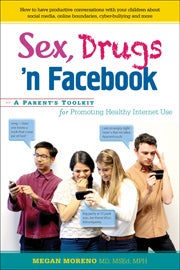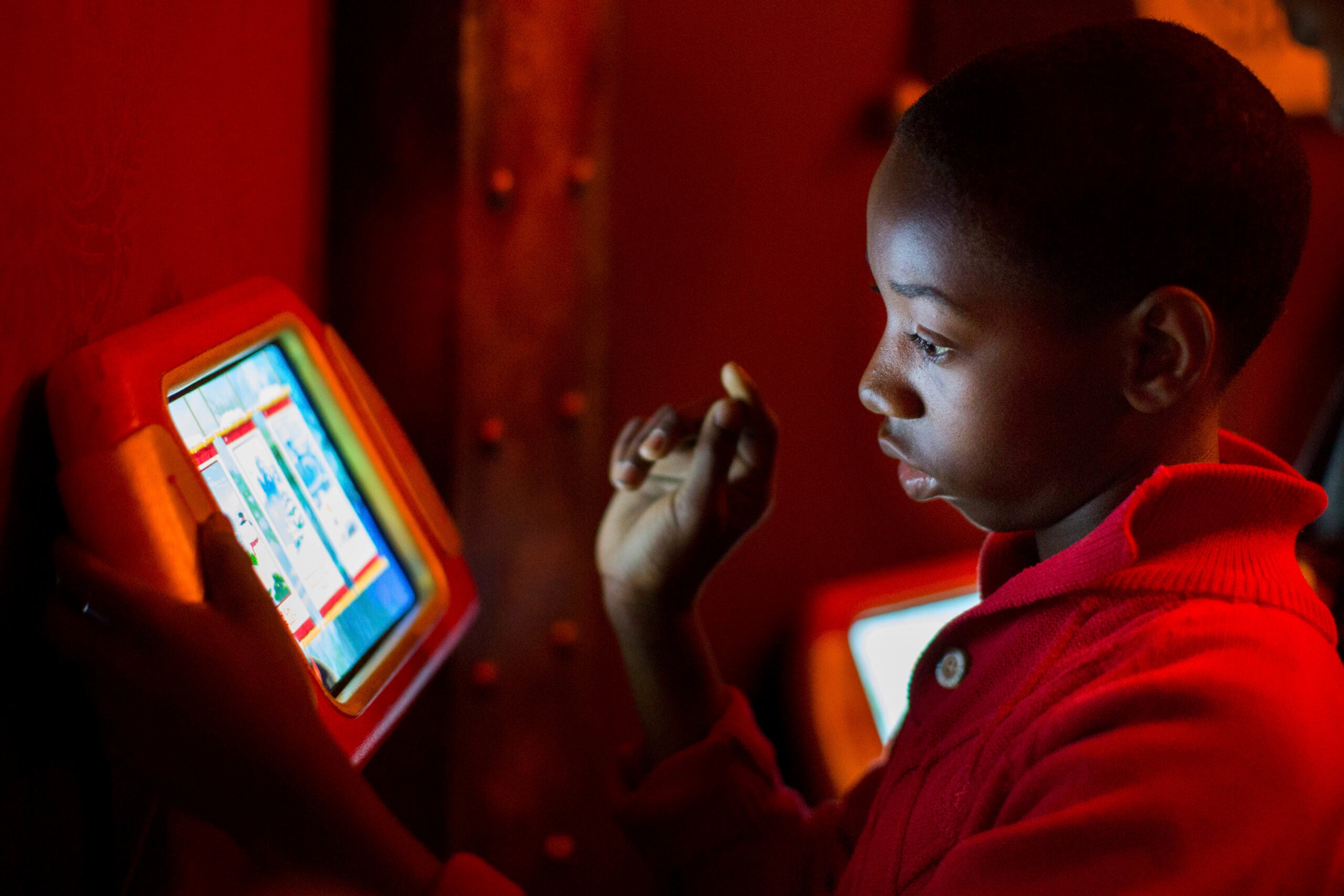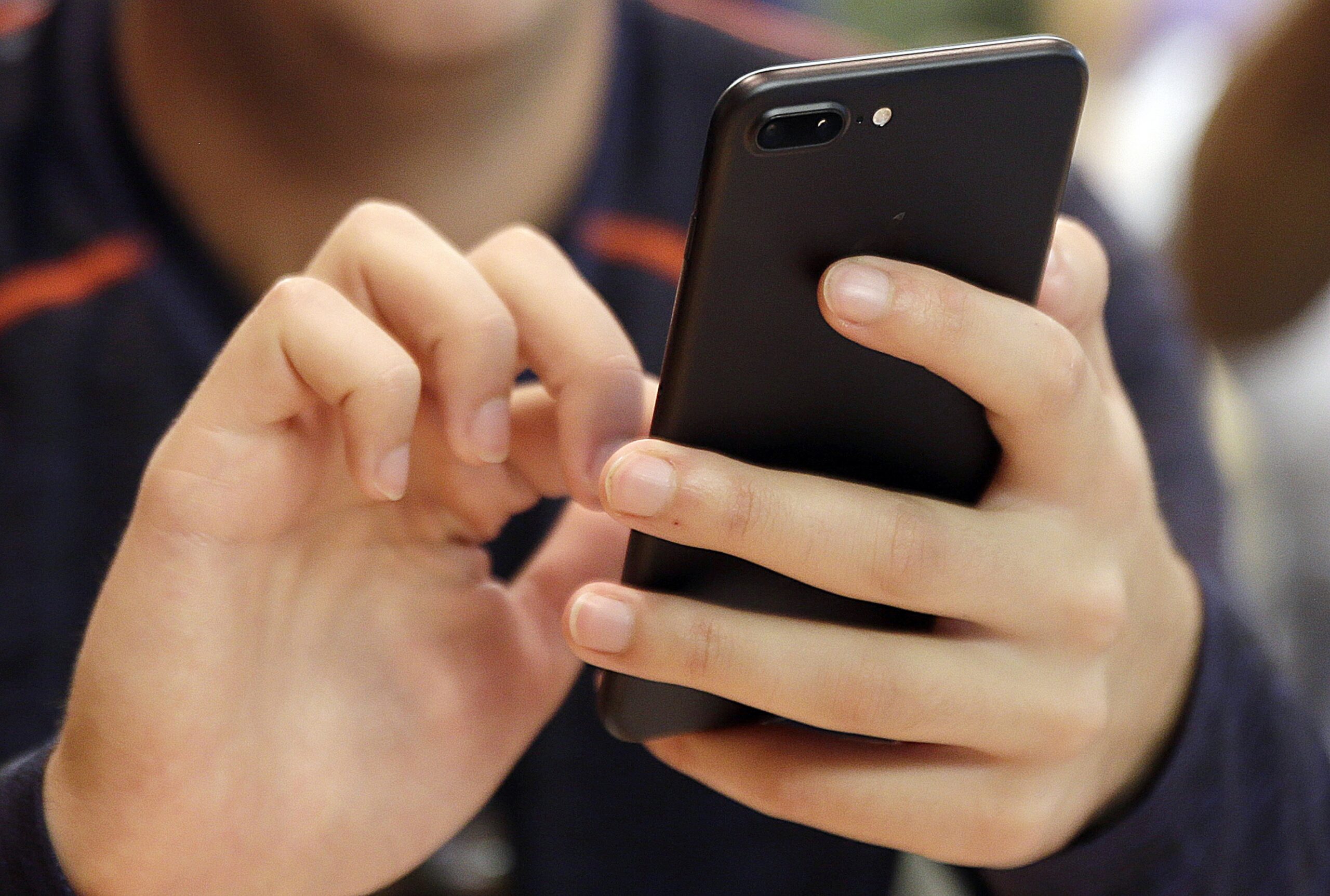Featured in this Show
-
Social Media Is Both Positive, Negative For Youth
People who are in their 30s or older probably remember how their parents and teachers probably warned them about “stranger danger” while growing up. Many children were taught that they weren’t supposed to talk to people they didn’t know and were told to run away and tell a trusted adult if someone tried to get them to get into their car.
Today, however, it’s not nearly as clear who the “strangers” are, especially in the world of social media. Parents who didn’t grow up with computers — let alone Facebook, Twitter and Tumblr — might feel ill-equipped to help their children stay safe in the online world.
In an effort to help parents, Megan Moreno, who is a member of the Division of Adolescent Medicine at Seattle Children’s Hospital and an associate professor of pediatrics at the University of Washington, has written a book that serves as a guide to protecting children from the dangers of the online world. The book is called “Sex, Drugs ‘n Facebook . . .: A Parent’s Toolkit for Promoting Healthy Internet Use.”
While the public has moved from being passive consumers of information on the Web to content producers on social media, Moreno said that these opportunities also have a downside.
“So many methods of traditional media, we talked about messages being created by corporations and then, sort of ‘injected into’ our youth. It was really one-directional. And now, youth are creators and consumers,” she said.
While this development might not seem very significant, Moreno said that “one way that that impacts youth is that the messages that they view are more likely to be powerful because now you’re combining the influence of media along with another big influence for teens, which is peer pressure.”
Of course, children of all ages need and can benefit from guidance for their online activity and to navigate the world of social media. One of the most challenging ages for parents on this topic is likely to be middle adolescence, what Moreno describes as the teen years spent in high school. That’s because those young people are still living at home, but often feel a real need to try on and try out identities and ways to express themselves.
“Developmentally, that time of adolescence is usually the time when teens are most pushing for independence, and most wanting to really distinguish themselves as individuals separate from their families,” she said.
But issues sometimes arise because the way that they tend to identify themselves is usually tied closely to their peer group, she said.
Social media, like Facebook, seems made-to-order for the needs and desires of this age group. Moreno pointed out that Facebook allows users to create their own identity and shape the image that they project, while also providing a way to connect and interact with peers. She said she has heard from adolescents with whom she has worked that spending time on social media, even if it’s at home, gives them a sense of independence and a means to feel like they have an existence and identity outside of their role in the family.
But as adults, parents know that those positives that come with social media use also come with some potential negatives. Moreno said she wants to help parents find a good balance between safety for young people and giving them room to spread their wings.
One challenge for researchers like Moreno is that the American Academy of Pediatrics’ recommendation is that adolescents spent no more than two hours of screen time a day. That might be unrealistic for several reasons. First, many students, Internet use is part of their class work and home work, which would also be counted as screen time. For others, the only way that they can connect with people that share a specific hobby or interest may be via the Internet. Finally, there are so many ways to access the Internet, whether with a smartphone, tablet, or a computer either at home or in another location, that it may be impossible to enforce.
Instead, Moreno said her goal was to find a solution that is “not so rigid as the two hours, but a little more grounded in the safety messages that parents really know and understand well.”
Moreno’s approach is instead to promote the Healthy Internet Use model that her research team developed. The model is the result of a request from the American Academy of Pediatrics to help them develop a pamphlet that could be used by doctors in the clinic setting to guide discussions with their teenage patients about Internet use.
The three steps are laid out in chapter three of “Sex, Drugs ‘n Facebook . . .: A Parent’s Toolkit for Promoting Healthy Internet Use” as:
- Balance refers to the importance of creating an equilibrium between young people’s online and offline worlds
- Boundaries refers to the importance of having clear guidelines about what is and isn’t an appropriate online interaction
- Communication refers to the importance of creating a safe and effective environment for discussion between adults and young people about how the young person is using and experiencing the Internet.
Moreno emphasized that this isn’t a model that people use once when children are young, and then trust that this issue is taken care of. Both because a child will develop in different ways as he or she grows up, and because the social media landscape is constantly evolving.
“This needs to be an ongoing conversation,” Moreno said.
Besides her academic position, Moreno does her research through the Center for Child Health Behavior and Development, and she is the principal investigator of the Social Media and Adolescent Health Research Team (SMAHRT).
Episode Credits
- Larry Meiller Host
- Judith Siers-Poisson Producer
- Dr Megan Moreno Guest
Wisconsin Public Radio, © Copyright 2024, Board of Regents of the University of Wisconsin System and Wisconsin Educational Communications Board.





